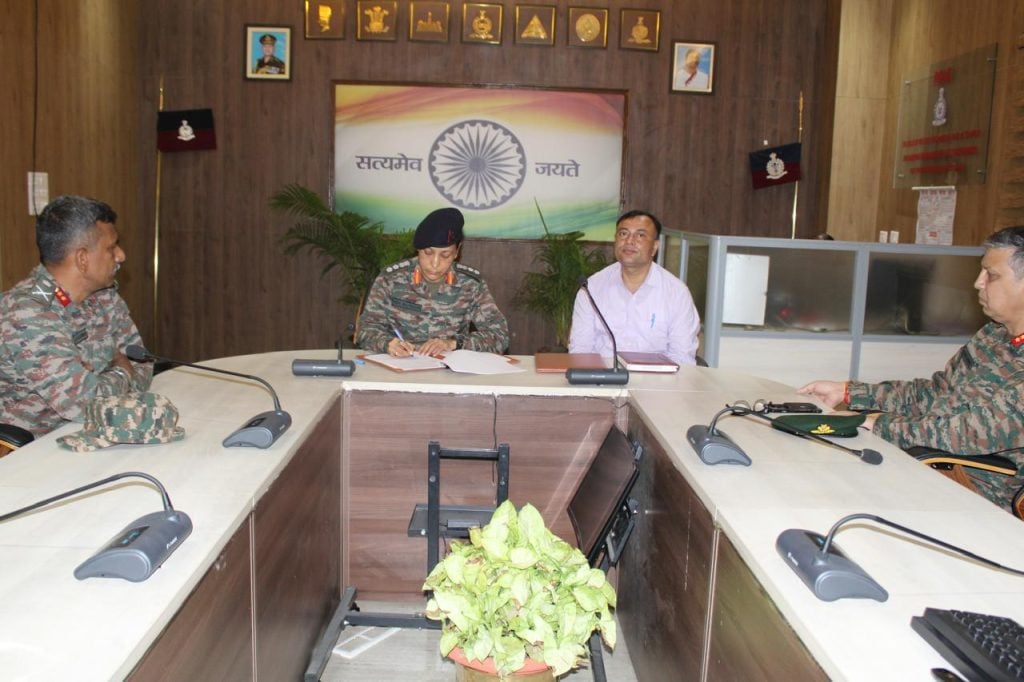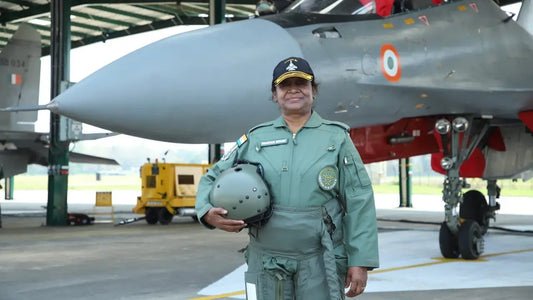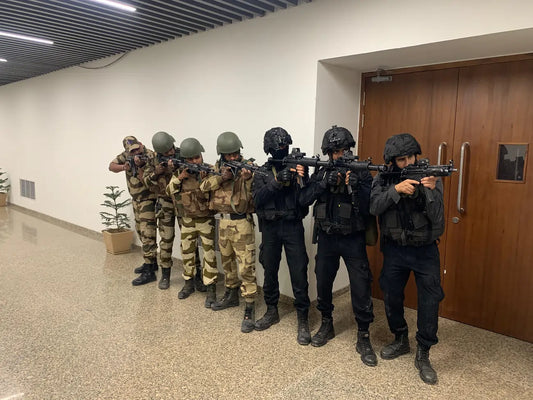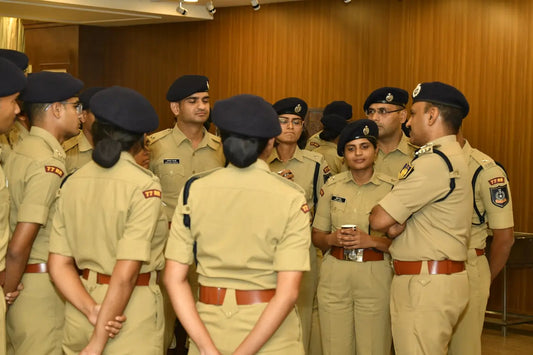Indian Army Partners with IIT Ropar for Advanced AI-Driven Soil Analysis Initiative

The Surya Command of the Indian Army, in collaboration with the Indian Institute of Technology (IIT) Ropar, has embarked on a joint research and development project aimed at modernizing defense infrastructure through the development of an AI-driven model for evaluating soil bearing capacity in diverse terrains. This initiative utilizes artificial intelligence, machine learning, Geographic Information Systems (GIS), and remote sensing to enhance infrastructure planning for military operations.
The project focuses on creating predictive tools that integrate geo-spatial data with advanced algorithms to assess land usability with greater precision, speed, and sustainability. It is part of the Army’s broader effort to embrace innovation, as highlighted in its 2024 "Year of Technology Absorption" initiative, which emphasizes the adoption of advanced technology to enhance future operational readiness.

A foundational scientific aspect of the project is supported by a study from ScienceDirect, which illustrates the effectiveness of remote sensing in estimating soil load-bearing capacity, particularly in flat terrains where variations are minimal, averaging only 0.5% annually. The capability to swiftly and accurately determine soil strength is anticipated to boost the efficiency of constructing forward bases, helipads, and logistics nodes, especially in high-altitude or remote areas.
This initiative by the Indian Army aligns with global defense trends, as indicated by a NATO report that emphasized the role of AI in enhancing the resilience of strategic infrastructure. Additionally, recent military conflicts, such as the Russia-Ukraine war, have highlighted the limitations of outdated terrain assessment methods in technologically advanced battlefields.
By merging indigenous research with military requirements, this partnership not only strengthens India’s strategic engineering capabilities but also improves national security infrastructure. It marks progress in developing smarter, more adaptive systems that cater to the demands of modern warfare and evolving environmental conditions.



















